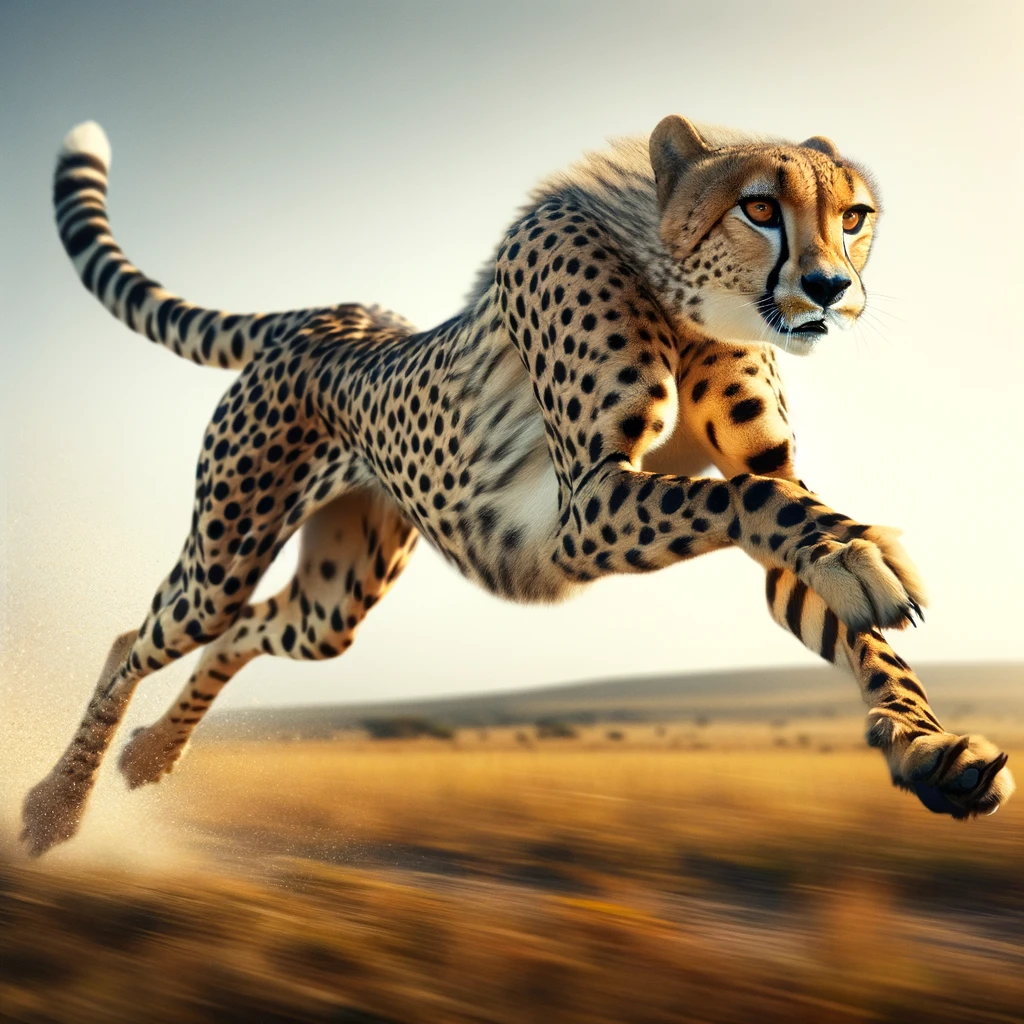We did a thorough study on how fast can a white tiger run? White tigers are muscular and robust animals, with powerful limbs that are built for strength and speed. On average, a white tiger can reach speeds of up to 50 to 60 kilometers per hour (30 to 37 miles per hour). This speed is a testament to their evolutionary adaptations as apex predators, allowing them to effectively chase and capture prey.

The white tiger, a rare and captivating variant of the Bengal tiger, has long been a subject of fascination and intrigue. Characterized by its striking white fur and vivid blue eyes, this magnificent creature is not only a marvel of nature but also an impressive athlete in its own right. One of the most interesting aspects of the white tiger is its speed. This article delves into the world of the white tiger, exploring its physical capabilities, including its remarkable speed, and the factors that influence it.
In comparison to other big cats, the white tiger’s speed is impressive but not the fastest. Cheetahs, for example, can reach speeds of up to 100 kilometers per hour (62 miles per hour), making them the fastest land animals. However, the white tiger’s speed is more than adequate for its hunting needs, given its preference for ambush tactics over long-distance chases.

Hunting Strategies and Speed
White tigers are primarily ambush predators. They use stealth and the element of surprise to their advantage, rather than relying solely on speed. Their coat, despite being white, offers camouflage in their natural habitat, especially in areas with tall grasses and sufficient cover. Once they are close enough to their prey, they utilize their burst of speed for a quick and decisive attack.
The Role of Habitat
The natural habitat of the white tiger, which typically includes dense forests and grasslands, also plays a role in how they utilize their speed. In these environments, agility and maneuverability are as important as raw speed. The white tiger’s physical build allows it to navigate through dense vegetation effectively while chasing prey.
Conservation and the Rarity of White Tigers
White tigers are not a separate species but are instead Bengal tigers with a rare genetic mutation that affects their fur color. Due to their rarity and the challenges they face in the wild, including habitat loss and poaching, most white tigers are found in captivity. Conservation efforts are crucial in preserving the Bengal tiger species as a whole, which indirectly affects the survival of the white tiger variant.
The white tiger is an embodiment of both beauty and power. Its ability to run at speeds of up to 60 kilometers per hour is a remarkable feat, reflecting its prowess as a top predator in the wild. Understanding the physical capabilities of these majestic animals, along with the challenges they face, is crucial in appreciating their role in our world’s diverse ecosystem and the importance of efforts to conserve their natural habitats and populations. As we continue to be fascinated by these magnificent creatures, it’s vital to remember the responsibility we have in ensuring their survival and well-being.

